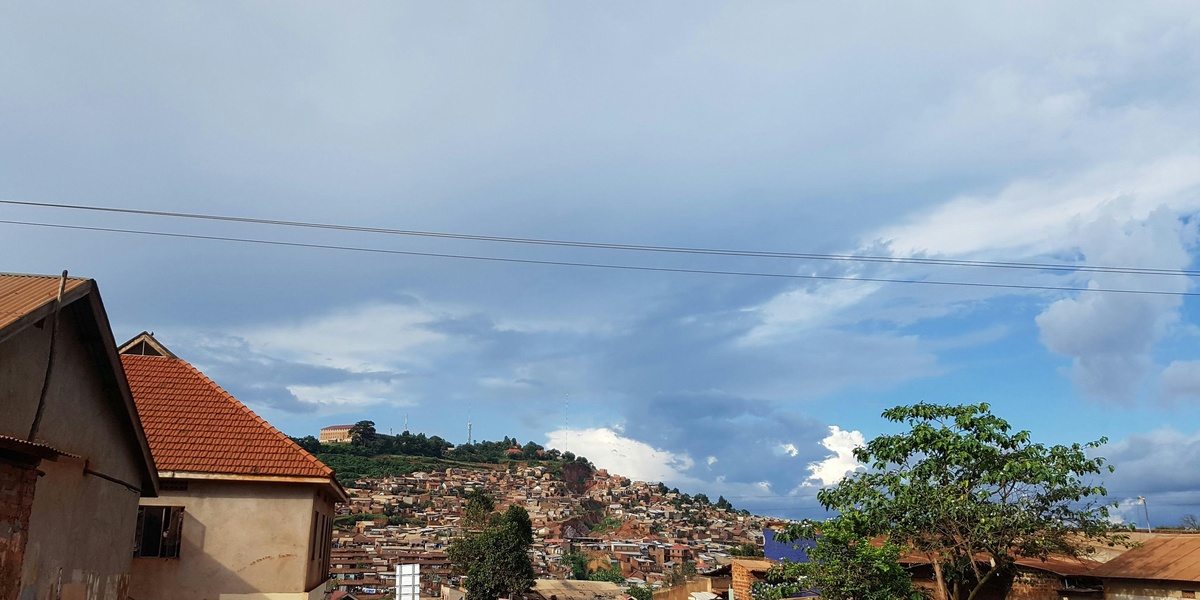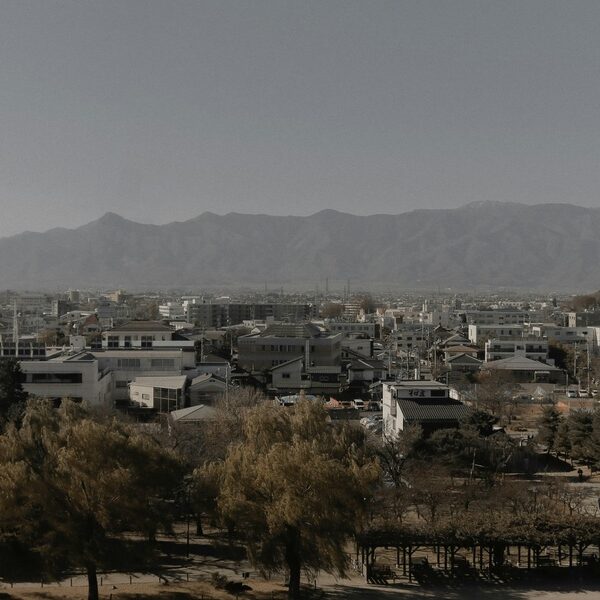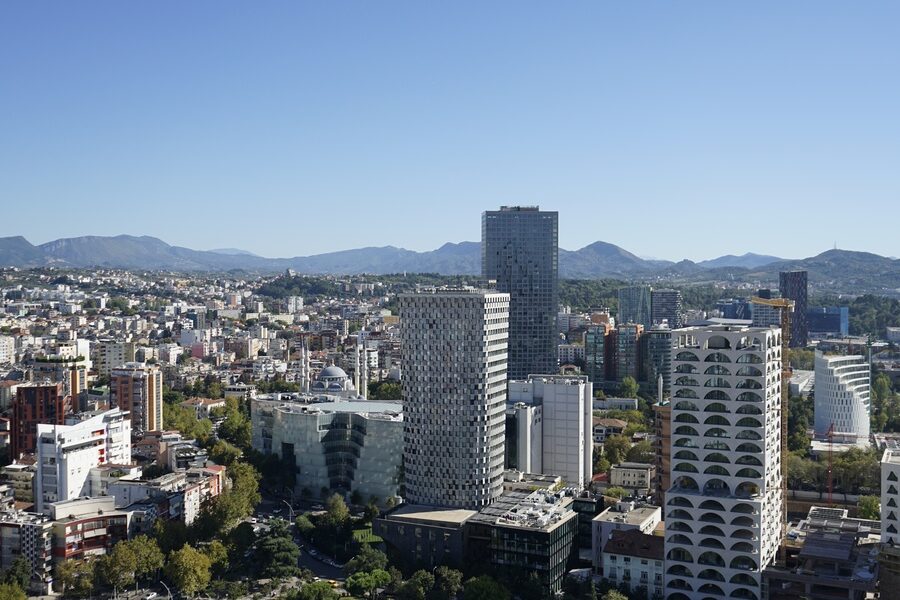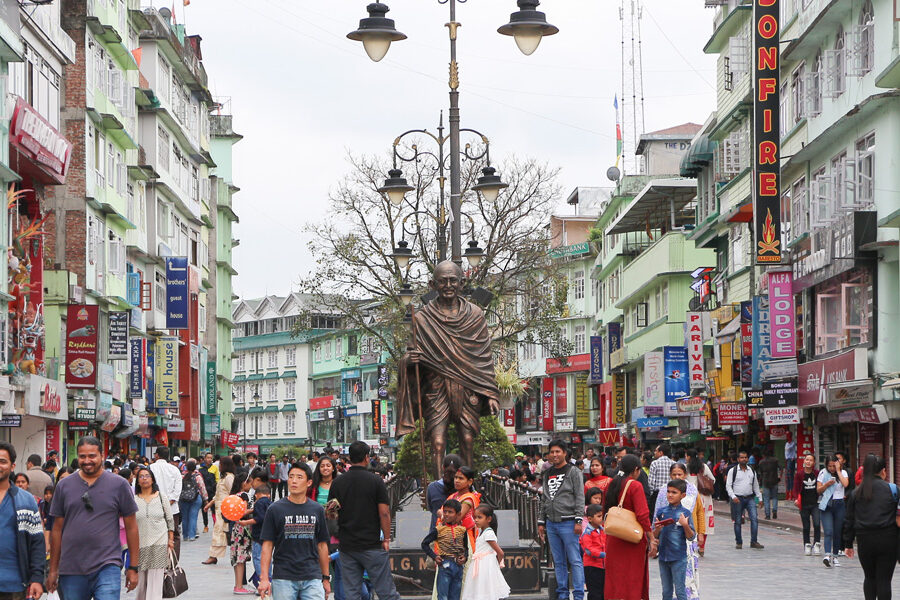The Democratic Republic of the Congo is a country of immense natural resources and deep regional contrasts; in many urban areas persistent poverty shapes daily life, access to services and long-term prospects for residents. Understanding which cities are hardest hit helps focus attention and aid where it’s most needed.
There are 9 Poorest Cities in Congo (Democratic Republic of the Congo), ranging from Bandundu to Mbuji-Mayi. For each city you’ll find below a concise table organized with Country,Population,Poverty rate (%) so you can quickly compare population size and the depth of poverty across locations.
How is “poorest” defined for these cities?
“Poorest” typically reflects a combination of metrics—mainly poverty rate and average income or consumption levels—plus indicators like unemployment and access to basic services; the list here prioritizes poverty rate while noting population to show scale.
Where does the data come from and how current is it?
The rankings are drawn from national statistics, household surveys and international databases (e.g., World Bank, UN reports); data availability varies by city and year, so dates and sources are listed with each entry you’ll find below.
Poorest Cities in Congo (democratic Republic of the Congo)
| City | Country | Population | Poverty rate (%) |
|---|---|---|---|
| Kikwit | Congo (Democratic Republic of the Congo) | 591,000 | 83.4% (World Bank, 2012) |
| Bandundu | Congo (Democratic Republic of the Congo) | 199,000 | 81.1% (World Bank, 2012) |
| Kananga | Congo (Democratic Republic of the Congo) | 1,598,000 | 76.3% (World Bank, 2012) |
| Mbuji-Mayi | Congo (Democratic Republic of the Congo) | 2,812,000 | 68.1% (World Bank, 2012) |
| Mbandaka | Congo (Democratic Republic of the Congo) | 440,000 | 66.9% (World Bank, 2012) |
| Kisangani | Congo (Democratic Republic of the Congo) | 1,441,000 | 66.1% (World Bank, 2012) |
| Bukavu | Congo (Democratic Republic of the Congo) | 1,304,000 | 62.3% (World Bank, 2012) |
| Matadi | Congo (Democratic Republic of the Congo) | 431,000 | 58.4% (World Bank, 2012) |
| Goma | Congo (Democratic Republic of the Congo) | 2,775,000 | 54.1% (World Bank, 2012) |
Images and Descriptions
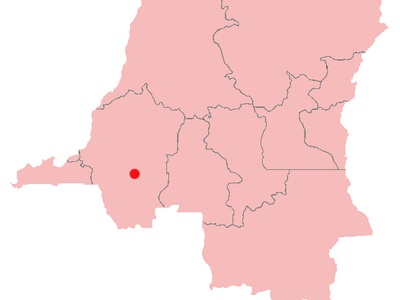
Kikwit
A major commercial hub in Kwilu province, Kikwit faces extreme poverty due to limited formal employment and decaying infrastructure. Its economy heavily relies on the informal sector and agriculture, leaving many residents with unstable incomes and poor access to basic services.
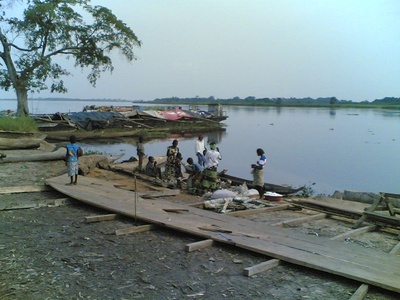
Bandundu
Once a provincial capital, Bandundu struggles with economic isolation and a lack of investment. Its location on the Kwilu River has not translated into broad prosperity, and residents contend with high unemployment and severely limited access to healthcare and education.
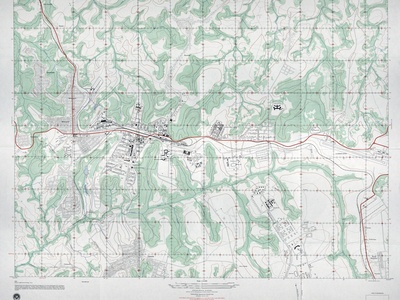
Kananga
As the capital of Kasaï-Central, Kananga’s economy has been devastated by regional conflict and the decline of diamond mining. The city grapples with mass displacement, food insecurity, and a near-total collapse of public services, creating a severe humanitarian crisis.
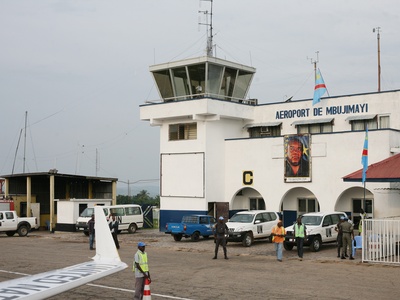
Mbuji-Mayi
The heart of the DRC’s diamond industry, Mbuji-Mayi’s fortunes have fallen with the formal mining sector. Widespread informal and often dangerous artisanal mining provides meager incomes, while the city’s infrastructure crumbles, and social services are acutely underfunded.
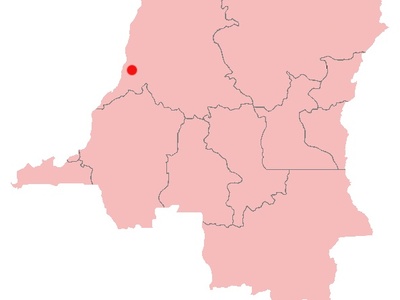
Mbandaka
Located on the Congo River, Mbandaka is geographically isolated with poor road connections, stifling trade and economic growth. Residents face chronic poverty, exacerbated by frequent flooding, a lack of clean water, and recurrent disease outbreaks like Ebola and cholera.
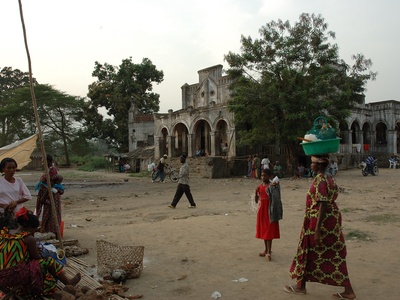
Kisangani
DRC’s third-largest city, Kisangani is a vital Congo River port that has struggled to recover from past conflicts. Its isolation from the country’s economic centers in the east and west has led to high unemployment and decaying urban infrastructure.
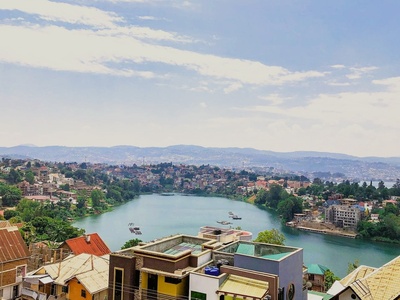
Bukavu
Set on the shores of Lake Kivu, Bukavu is characterized by extreme overcrowding and the enduring impact of regional conflicts. The city hosts a large number of displaced people, placing immense strain on housing, sanitation, and employment opportunities.
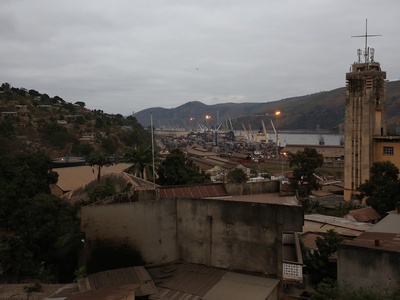
Matadi
As the DRC’s chief seaport, Matadi is a gateway for international trade, yet much of the population remains impoverished. The economic benefits of the port are not widely distributed, and many residents lack access to reliable electricity, water, and job opportunities.
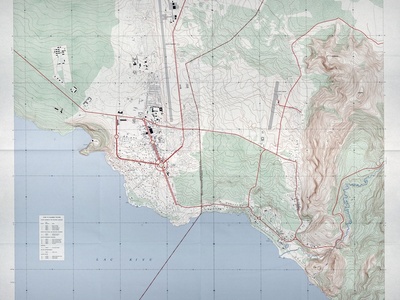
Goma
While a dynamic commercial hub, Goma’s poverty crisis is driven by relentless conflict, volcanic threats, and massive internal displacement. Hundreds of thousands live in squalid camps with little hope for work, relying almost entirely on humanitarian aid to survive.

